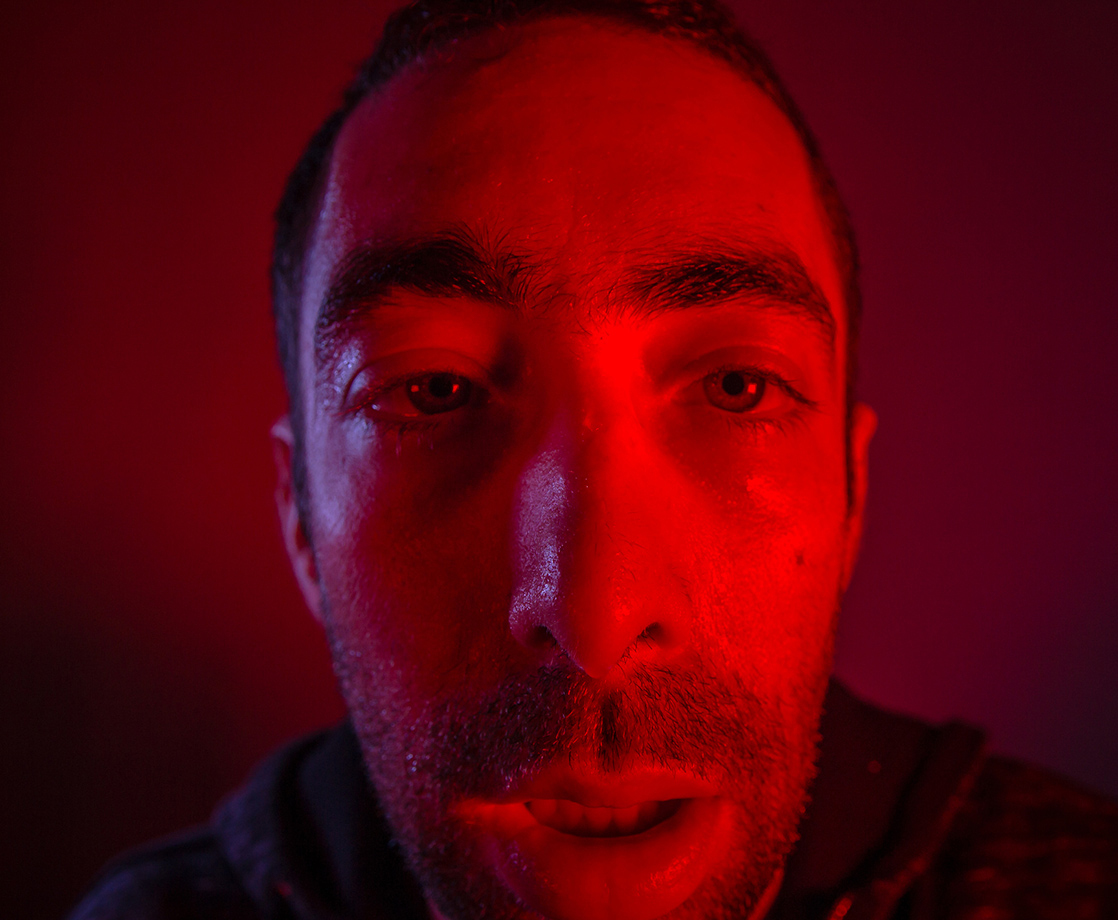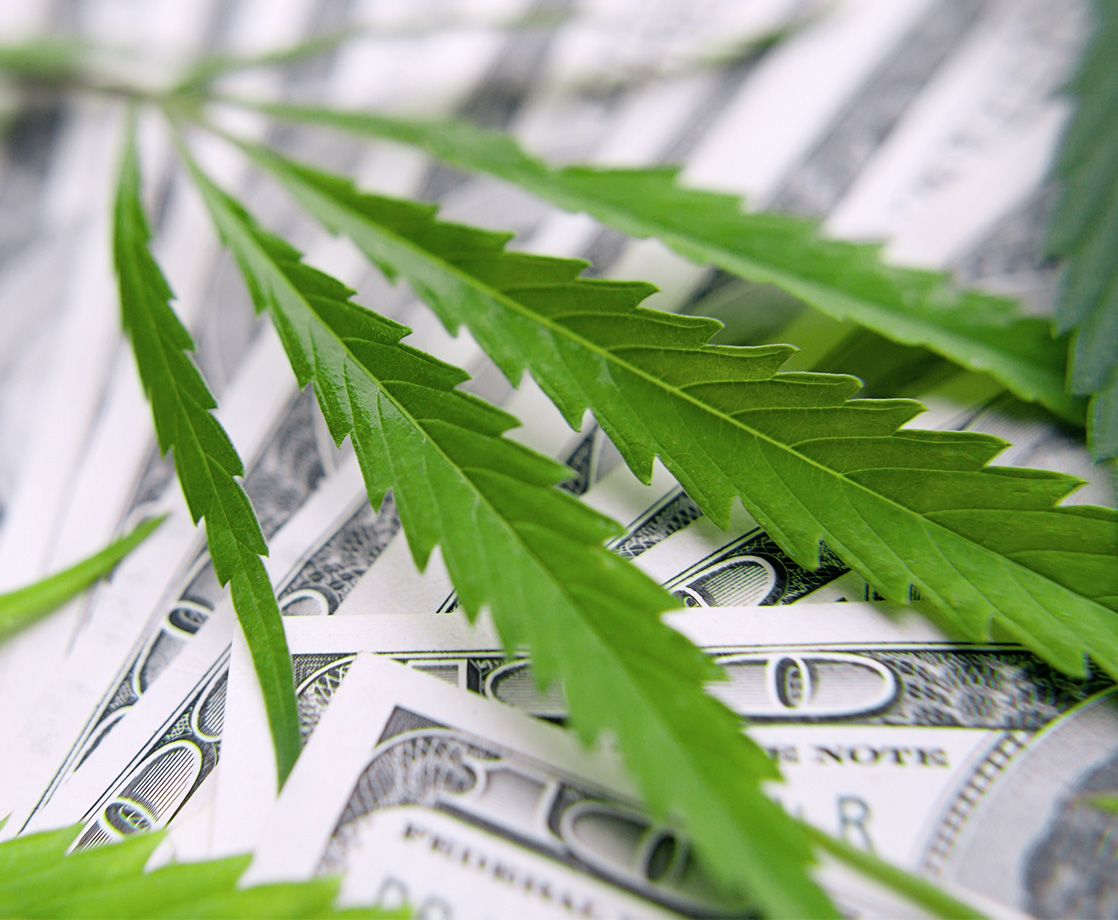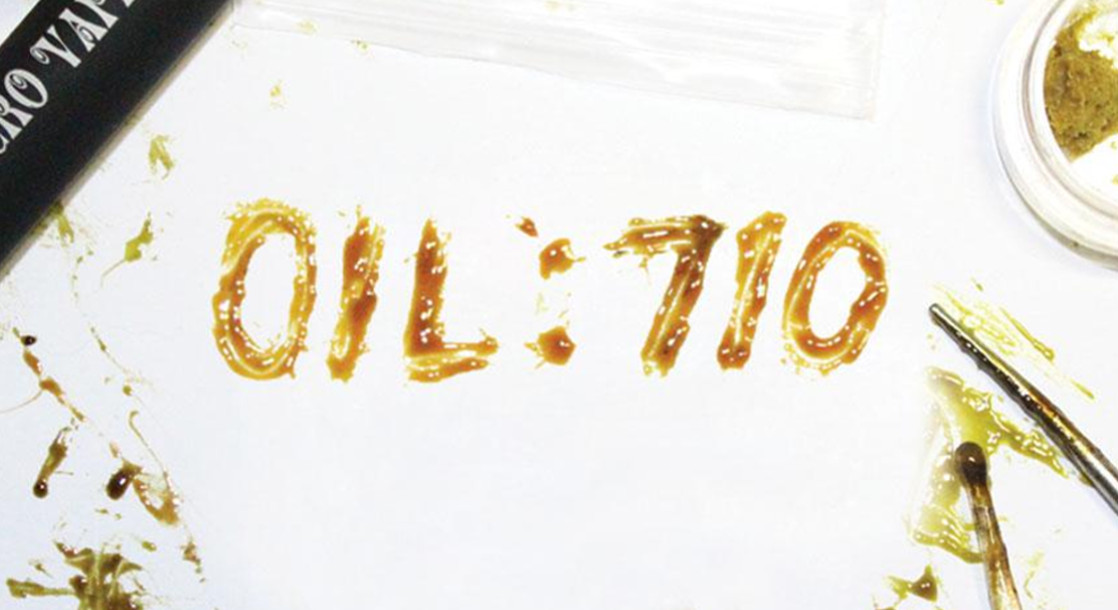Why do some people get fidgety and anxious when they smoke weed, while others chill out? How can a single strain give one person an alert, focused high while it puts another person to sleep?
Cannabis companies often market terpenes – the aromatic compounds that give weed its distinctive flavors and bouquets – as the primary culprits behind our varied psychoactive experiences. And while there’s some evidence that terpenes can influence our highs, those smelly molecules alone don’t explain how two people can smoke the same exact weed and experience two completely different effects.
The science still hasn’t reached a verdict on why people react differently on weed, but a new study published in Scientific Reports gives us some more clues.
The study, led by Canadian researchers at Western’s Schulich School of Medicine & Dentistry in Ontario, looked at rats. Some rats were given THC under various conditions, then were observed in social situations with other rats. Other rats were given THC then had electrodes drilled into their brains to study neural activity. Still other rats had their brains sliced into thin sections for analysis after getting dosed.
Anyway, after all that animal snuff was conducted, the researchers discovered this bombshell: THC activates two distinct parts of the nucleus accumbens. This brain region governs our reward and pleasure responses; it’s also the part of our brain that determines whether we become addicted to something. Abnormalities in the nucleus accumbens are associated with impulsivity disorders and schizophrenia, among other conditions.
The takeaway here is that THC activation of the nucleus accumbens doesn’t occur equally in two separate brains.
“These findings are important because they suggest why some people have a very positive experience with marijuana when others have a very negative experience,” Christopher Norris, PhD, one of the study’s authors, told Neuroscience News.
“Our data indicate that because the reward and aversion are produced by anatomically distinct areas, the different effects between individuals is likely due to genetic variation leading to differential sensitivity of each area,” he continued.
Did you catch that? It’s a bit techno-babbly, but here’s a translation: Basically, our genes influence whether THC has more of an effect on the part of the nucleus accumbens associated with “feeling good” or whether it has more of an effect on the part that makes us impulsive, shy, afraid, or paranoid.
In other words, it may not matter what terpenes or cannabinoid combos you’re getting with Strain X. Some people are just hard-wired to respond poorly to weed.
The idea that genes may ultimately dictate how we experience weed highs is gaining traction. A study from April showed that mutations in our CB receptors — the proteins on our cells that bind cannabinoids like THC and CBD — likely also influence our highs. The CB1 receptor, the one directly responsible for getting us high by binding to THC, has at least 15 different versions in humans. The CB2 receptor, which mainly binds to CBD, comes in at least seven different forms.
When considering that everyone has at least one form of both CB1 and CB2, the varying combinations alone become mathematically overwhelming. And the mutant variations become even more complicated if we assume that there’s a third CB receptor in our bodies, which likely has several mutant forms, as well. (Scientists are still fighting over what qualifies as the third CB receptor, but there are some strong candidates.)
Customized or directed highs (meaning pot products that claim to make you “focus” or feel “aroused”) have become one of the cannabis industry’s most powerful marketing tools. But directed highs, as helpful as they may be for many cannabis consumers, could be based on sloppy or vague science until researchers finally figure out how genes play a role, too.
Follow Randy Robinson on Twitter











